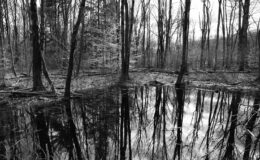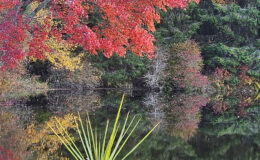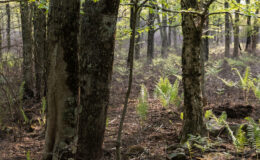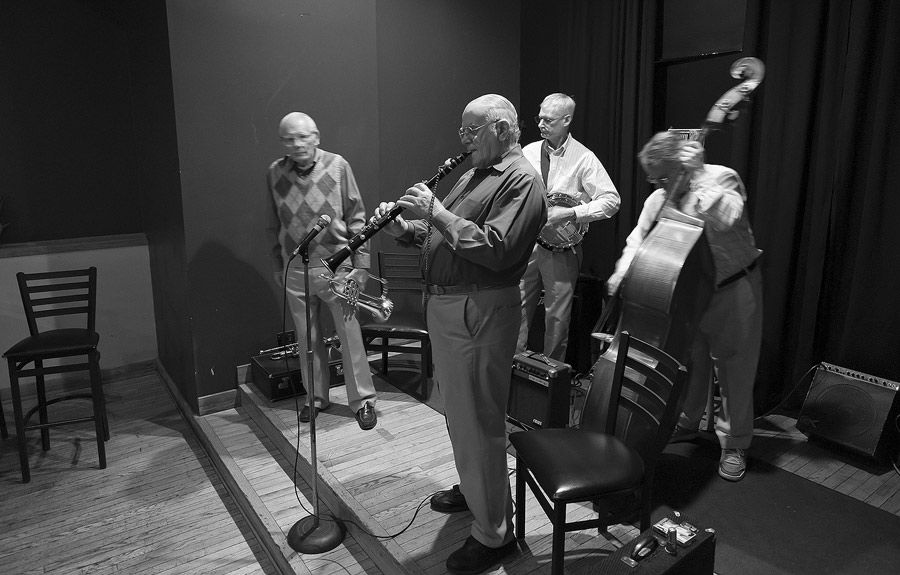
Dixieland ( Fujifilm X Pro 1, XF 14mm f 2.8 @ f2.8)
I am not a generally a wide angle shooter. When many years ago, I began to get serious about outdoor photography I, like many other photographers just starting out, assumed that proper landscape photography was most appropriately done with short focal length lenses encompassing a wide field of view.
It seems to me this is a very common beginner’s mistake. I quickly found out that capturing scenes that are attractive to the naked eye using such lenses, often created a visually uninteresting, unfocused image. Too wide a field of view can leave an image without much of a focal point, with which to draw the viewer “into the picture”. Wide angle lenses also offer little magnification of distant objects, and can make a scene, for instance with a backdrop of mountains, appear uninteresting relative to the photographers own visual viewpoint. Longer focal lengths work better for this.
But ” wide’s” have certain advantages. They can make linear objects appear longer and more dramatic. They do this in the same way they deemphasize distant objects; by making the end of a fence line, or road appear further away. They have better depth of field than longer lenses. This can all be used to one’s advantage.

Danger Keep Out (Fujifilm X Pro1, XF 14mm f 2.8)
I have noticed over the years, that a lot of my truly wide-angle lenses like my Tokina 12-24 mm for DX, did not get much use. I seemed to gravitate into shooting mid-range and mild telephoto zooms and primes for landscape, which in my mind allows better isolation of the subject, and improves with prominence of the background as well as the bokeh of most of the photos I produce.
Nonetheless, when Fujifilm introduced its XF 14mm f2.8 R optic, I just sold some equipment, and had a little extra cash. Because of the affection I have for the system, and the excellent reviews of this lens, I figured it would be reasonable to acquire one for myself, and perhaps reinvigorate my wide-angle photography.
I ordered one up from B&H in New York, and as it often is the case, it arrived on the next day.
The lens itself is fairly large. If anything it’s a bit larger than the XF 18-55 mm midrange zoom lens with which it shares its petal shaped sunshade . It has a detented aperture ring, a fairly broad focusing ring, and in a touch reminiscent of my Tokina glass, a slip clutch that allows a quick switch from auto focusing, to manual focusing. It also has a focus distance scale embossed in the front of the lens. It is the best finished of the XF primes that I own.
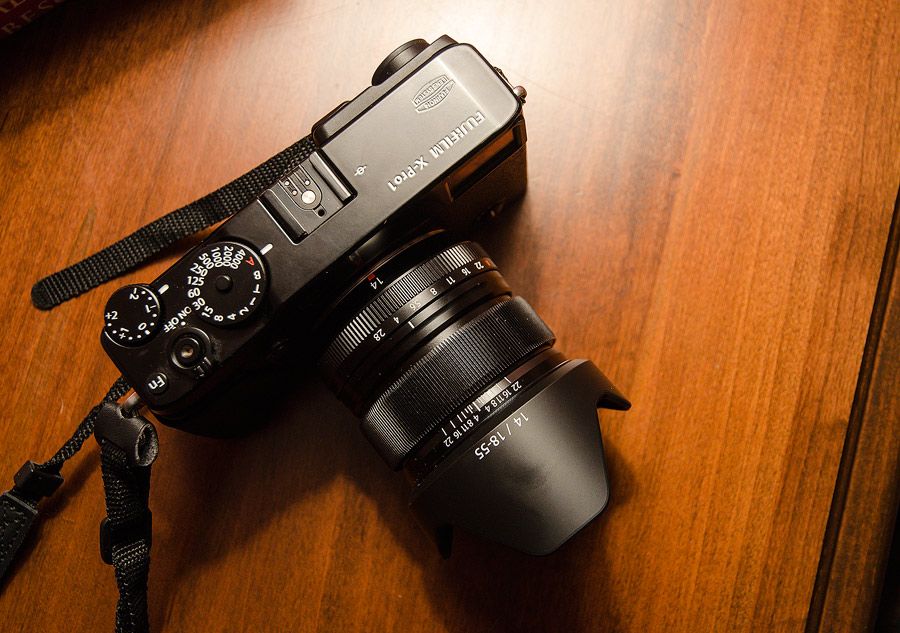
The Lens ( Nikon D 7000, Nikkor 16-85mm f3.5)
Like all the XF lenses, it feels extremely well-built, and balances nicely on my X Pro 1.
You can read the reviews. Pretty universally, the lens is thought to be quite sharp, pretty much edge to edge by f4. Also in different from other XF lenses, its native and distortion is very low, and there is little, if any correction required in software. This is great for architecture, but sometimes leaves one wanting, if you’re looking for that slightly fish eyed perspective that can make some portraits and street shooting visually interesting.
I do not intuitively shoot with wide-angle lenses. For me it is a challenge, but certainly a joyful one. Given the drab browns of early spring. I find myself looking for unusual patterns particularly in shadow and light, and opportunities to find color in the bland surroundings.
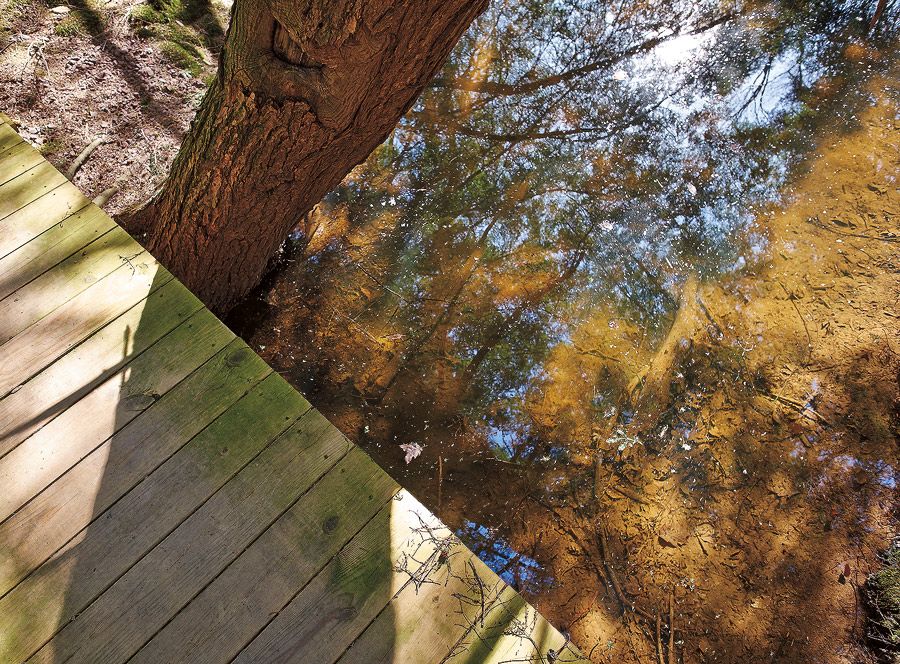
The Little Bridge ( Fujifilm X Pro 1, XF 14mm f2.8)
My copy of the lens seems as sharp as advertised. Autofocus is slightly slow, but again you’re not going to use this lens for sports or action photography. I think it is better specified for deliberate shooting. Flare is extremely well controlled.
The time of my testing of the new lens, was coincidental with the availability of Camera Raw version 7.4, the final release. I had already played with the release candidate, and was eager to see whether the final version offered additional benefits.
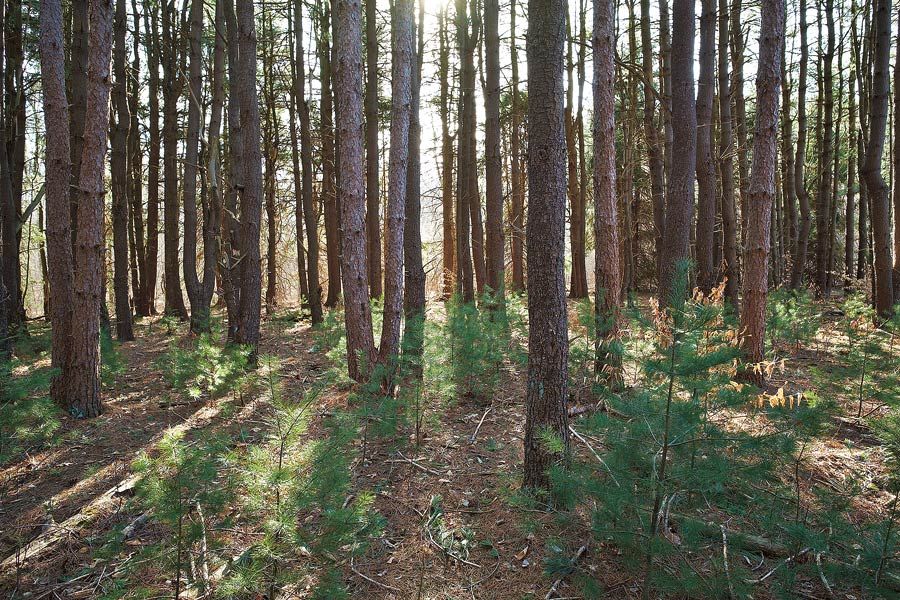
Pine Plantation ( Fujifilm X Pro 1, XF 14mm f2.8)
I developed a number of X Pro 1 images, with Capture 1 Express, and then again with the newest version of ACR. I didn’t notice much difference between the release candidate, and the final version, but I agree that Adobe has clearly improved the raw file extraction since its earlier efforts, probably to a point where in most situations the differences between its capabilities, and those of competitive raw converters, are minimal.
Trust me, I spent a lot of time on the sharpening of both images. Still, particularly in looking at prints, I think for fine detail, looks more natural and dimensional in the Capture 1 (and the Fuji Raw File Converter) results.
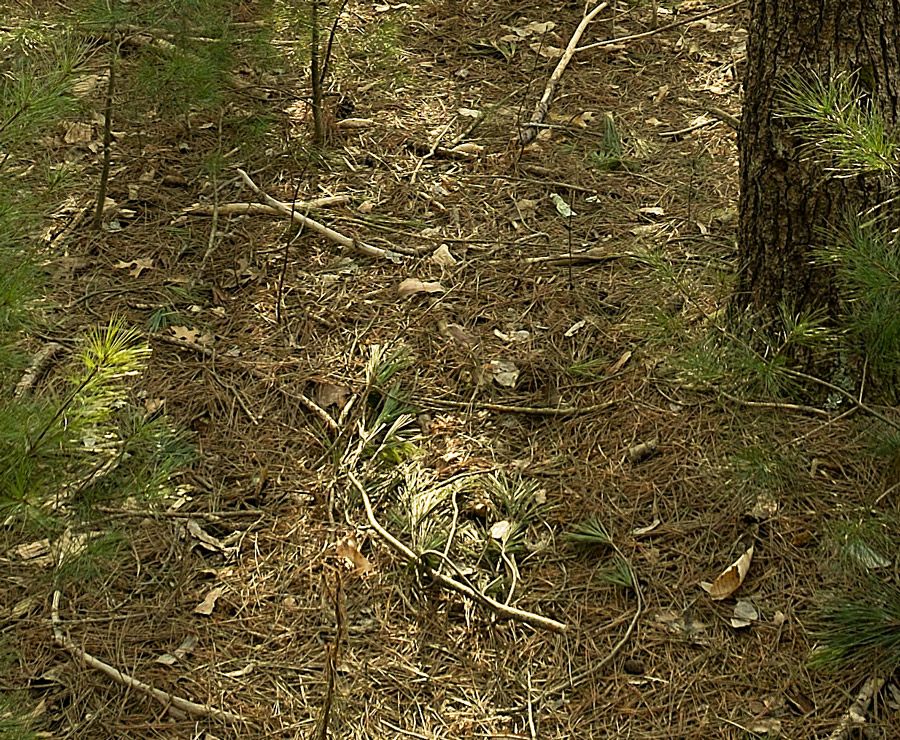
100% Crop ACR

100% Crop Capture 1
Yeah, I know, the ACR image has a different color signature, than the one done on Capture 1. Try as I might in ACR, I had a really difficult time duplicating the color balance on the second image which to me were the colors that I was seeing at the time the image was shot. I think this is an idiosyncratic situation, and not typically a problem for ACR.
You can be the judge, but to my eye, color aside, the second image looks much better, slightly in terms of detail perhaps, but with significant improvements in micro contrast. To me it just looks more real. And it prints that way also.
All this aside, I think this additional lens, and the improving options for raw file conversion are really great enhancements for the Fuji X interchangeable lens bodies. I continue to love shooting with them.
Oh, and I’ve pre-ordered an X 100s.
It’s going to be a fun Spring.

